Fish traps are as old as humans themselves. They date back to pre-historic hunter gatherer groups, and like many primitive tools, remain perfectly useful to this day.
A stout fish trap offers a fisherman many similar advantages that land-based traps offer hunters. The main advantage of a fish trap is that it allows you to catch fish while you’re off doing other chores or gathering other supplies or food. With a bit of time, a few vines, and some strong reeds or tree branches, you can easily build a fish trap to gather fish for you. This kind of trap can be the difference between life and death in dire situations, or can make running a homestead much easier. Here’s how you can build a working fish trap out of easy to find materials.
Collect your materials
You will need a survival knife or a sharp arrowhead as your primary tool. The fish trap will be constructed from about 20-40 dowels, tree branches or shoots, or strong reeds; and about 100 feet of pliable vine. Wisteria and kudzu runners are particularly good options for your vine. You will need to cut them from the main plant about a week before you want to construct your fish trap so they can dry out and shrink. If possible, some thick cord and strong string or twine are also very useful for this project.
You can use any type of circular object for the frame of your cage – vines, branches, whatever. We use food storage lids in our pictures.
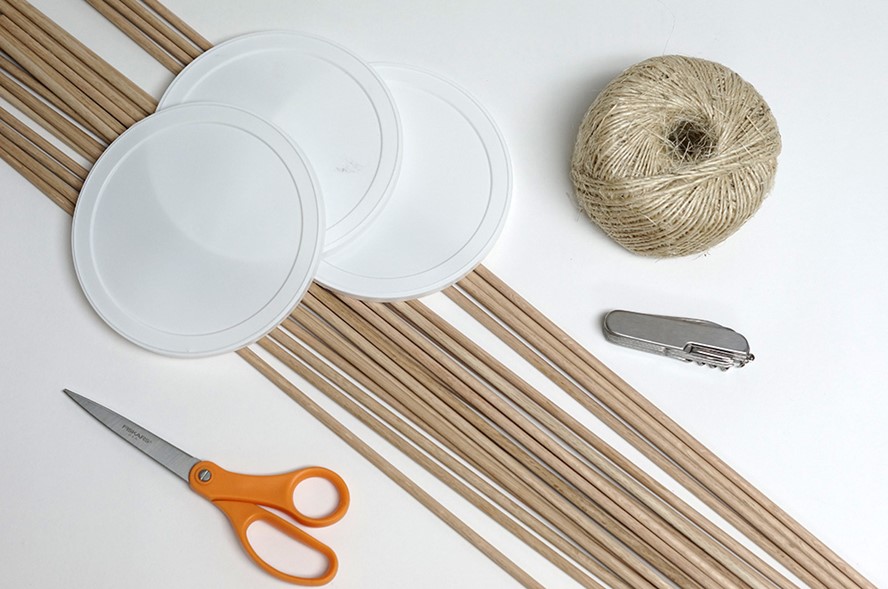
Build the shell
Using the thickest parts of your vines, make three hoops that are about nine or ten inches in diameter. We cut out the tops of food storage lids and used those instead.
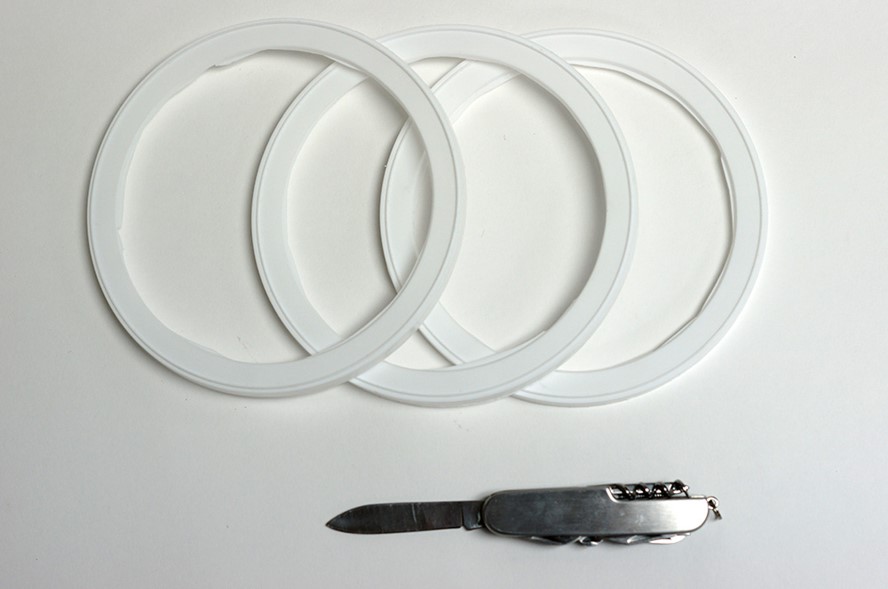
The string will be useful for tying the ends of each hoop together, but if you don’t have this available, use more vine to secure the ends of each hoop. Be sure to tightly tie the ends so there is no risk of them coming apart when fish are in the trap.
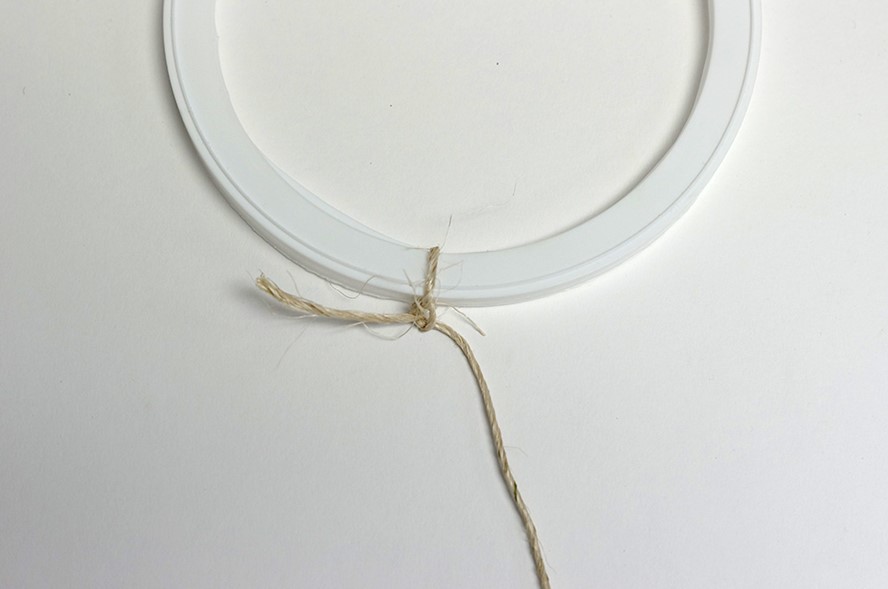
Next, connect all of the dowels (or branches/tree shoots) at one end to one of the hoops using an alternating weave with more vines. Repeat this process with the second hoop in the center of the reeds, and again with the third hoop at the remaining end to build a cylinder-shaped trap.
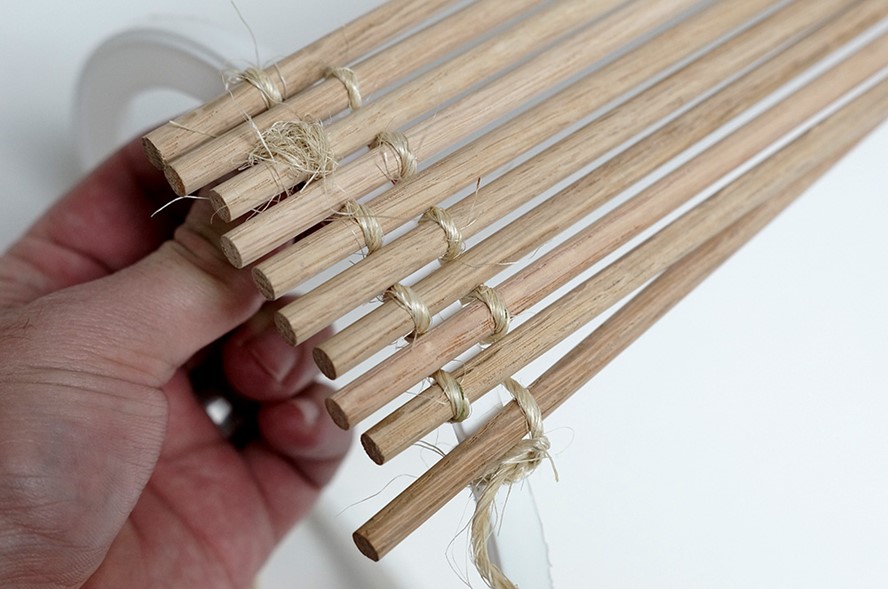
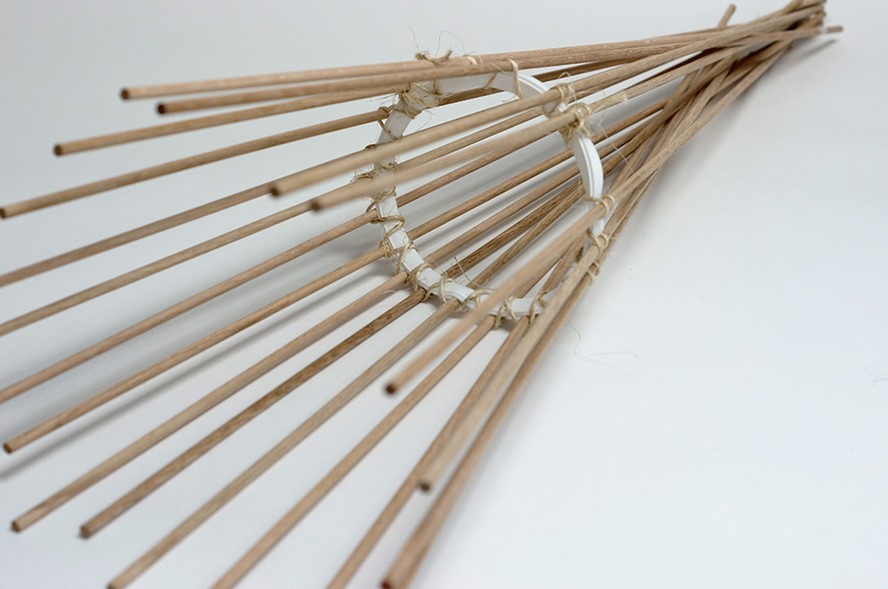
You’ll want to spread out the dowels or branches evenly after you’ve completed your weave.
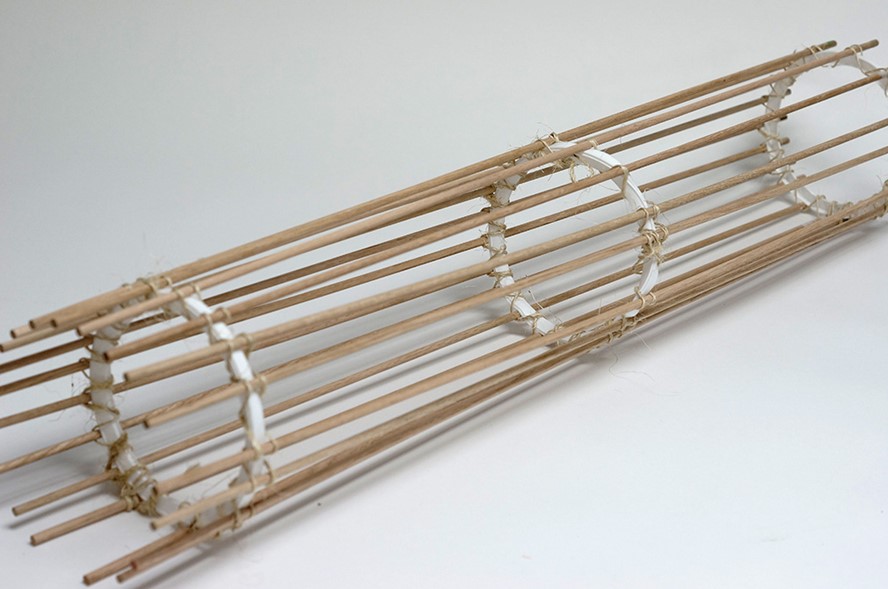
Secure the end
Close off one end of the trap (it doesn’t matter which) by placing smaller dowels/branches across it and securing them between the ends of the lengthwise dowels. Then, weave more vine over and under these dowels to create a mesh that is too small for fish to escape through but that will still allow water to flow through it. Secure the mesh to the hoop with more vine (or use twine if you have it).
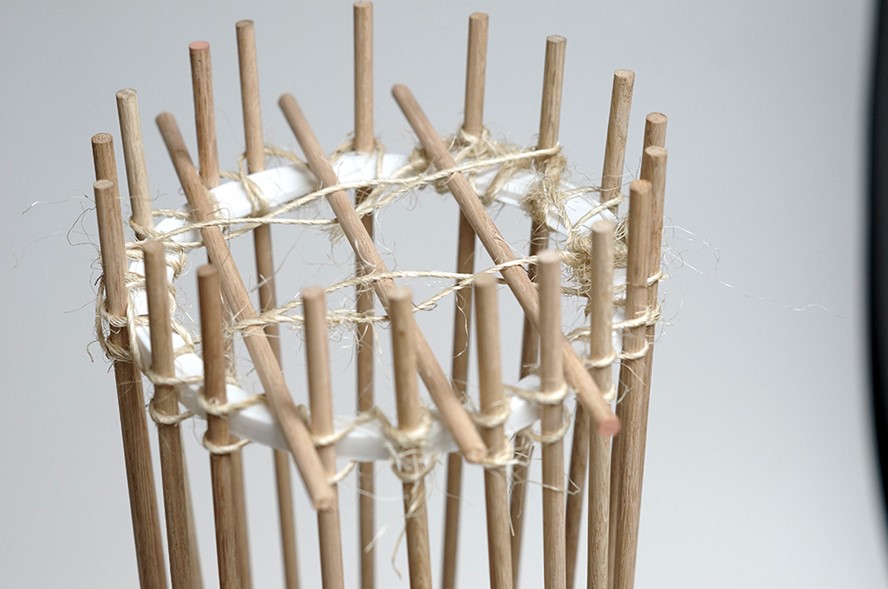
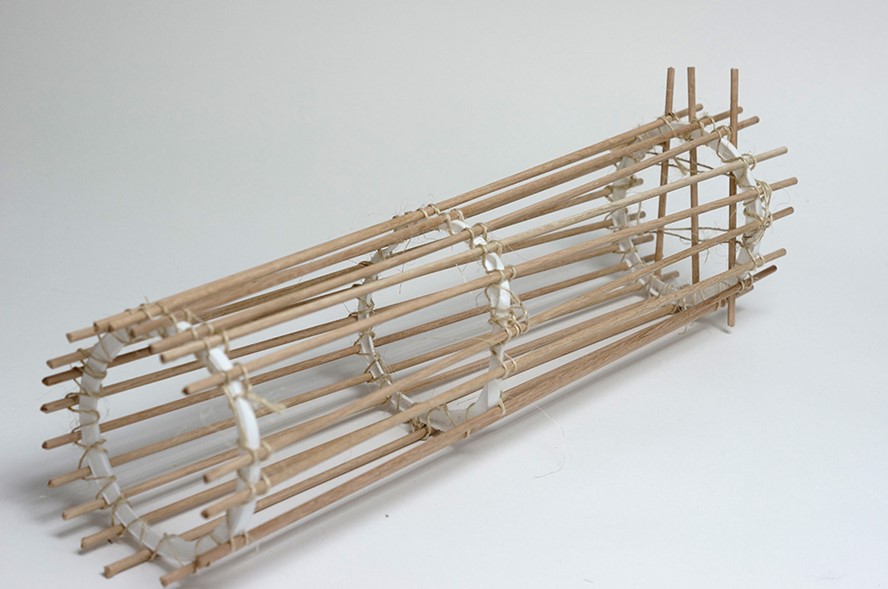
Build the funnel entrance
A cone-shaped funnel is the key to a successful fish trap. It will allow fish to enter the trap, but prevent them from leaving it. Using short vine, make another hoop that is slightly smaller in diameter than the cylinder so that you can push it snugly into the trap.
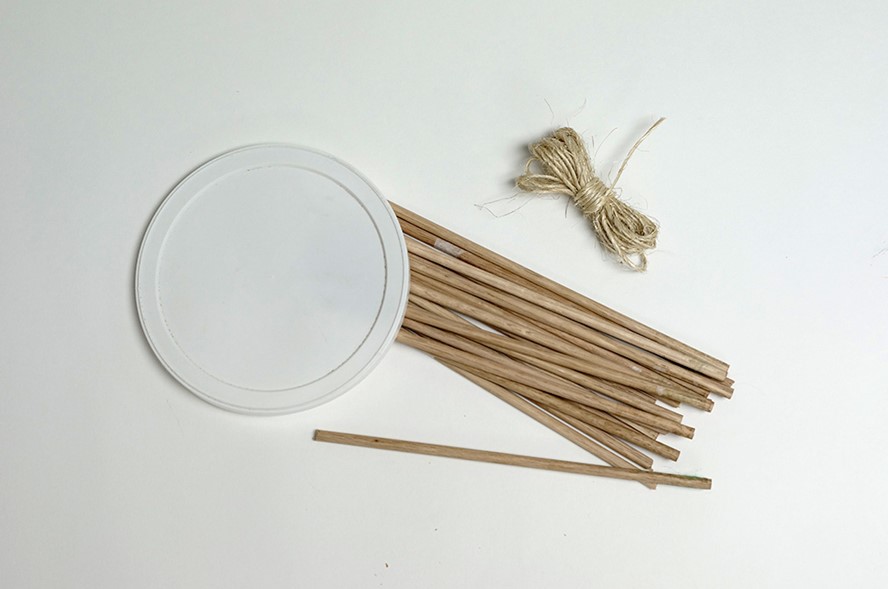
Attach short dowels/branches of irregular lengths to the hoop, securing them with twine or vines. Weave more twine or vines around the middle of these pieces to form them into a cone shape. Push the funnel into the trap, teeth first, and secure it by tying it to the sides of the trap with vines or twine.
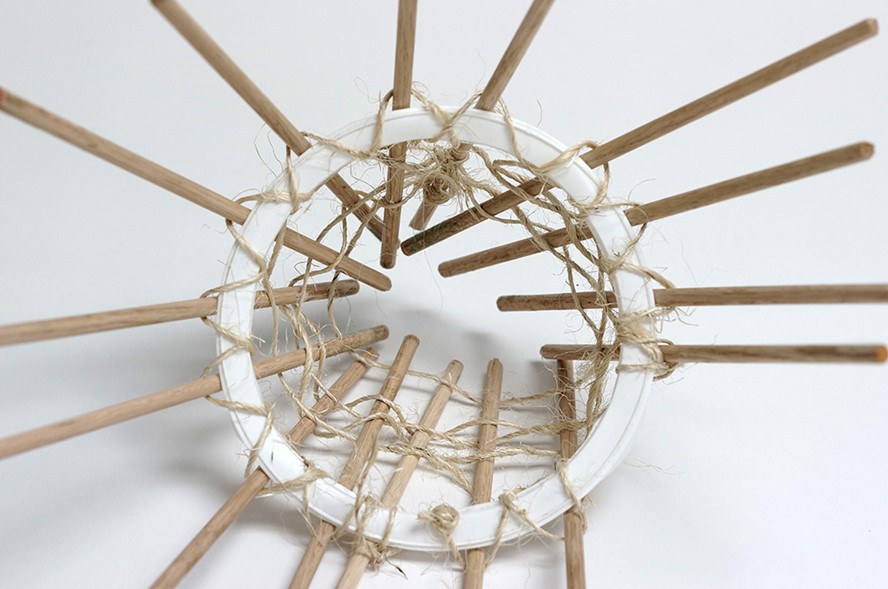
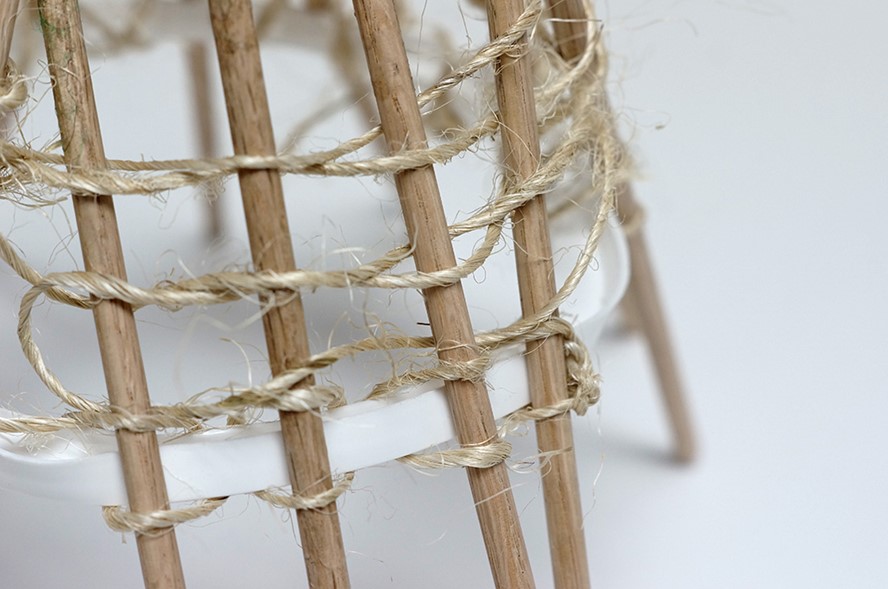
Bait and set the trap
Bait the trap using a piece of rotten meat or fish or several worms. Tie the bait to a piece of string and then to the inside of the trap so that it hangs down near the center. If you find that you are losing bait without catching any fish, this is probably because small fish are able to enter and exit the trap. Build a small box using more vines around the bait, and hang this from the center of the trap.
Place the trap in a lake, stream, or river, and secure it to the bottom with a rock. If you are placing it in a stream or river, configure it so that the opening of the trap faces upstream; this will make it even harder for fish that enter it to swim back out. Check it on a regular basis. To harvest your catch, remove the trap from the water, allow the fish to asphyxiate, and then simply open the funnel with your hand, and dump the fish out.
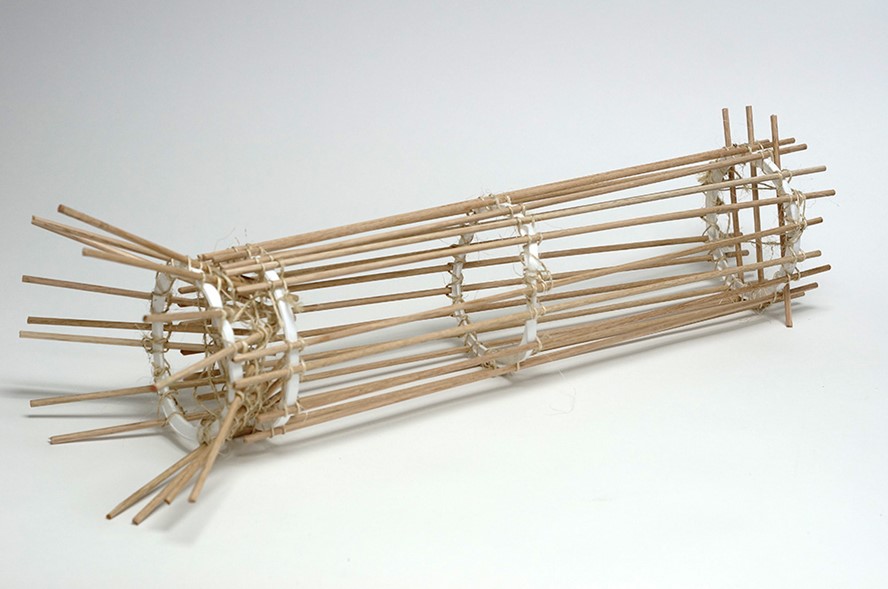
Another option of same thing:
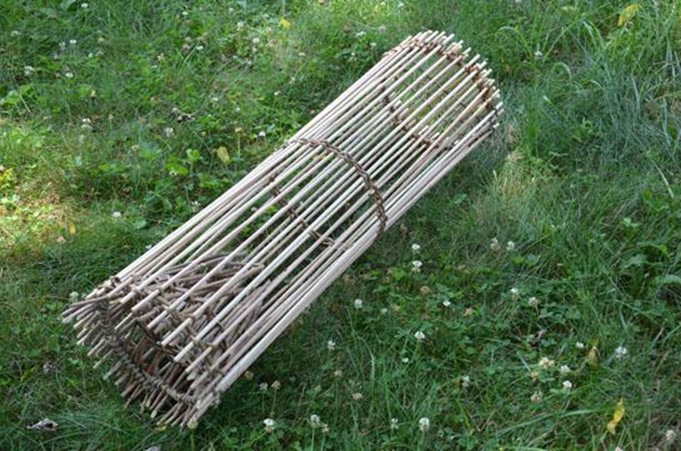
Fish traps offer the fisherman many of the same rewards that terrestrial traps offer the hunter. Chief among them is the ability to catch something to eat while you’re not around. Given some time, some flexible vines, and a bundle of reeds or tree shoots, you too can build an “automatic fisherman” to bring in fish while you’re busy elsewhere. These traps can be worth a great deal to a starving survivor in a wilderness area. They can also help an angler collect some useful bait fish (where legal to do so). Here’s how to put together a simple fish trap at home.
1. Get The Materials
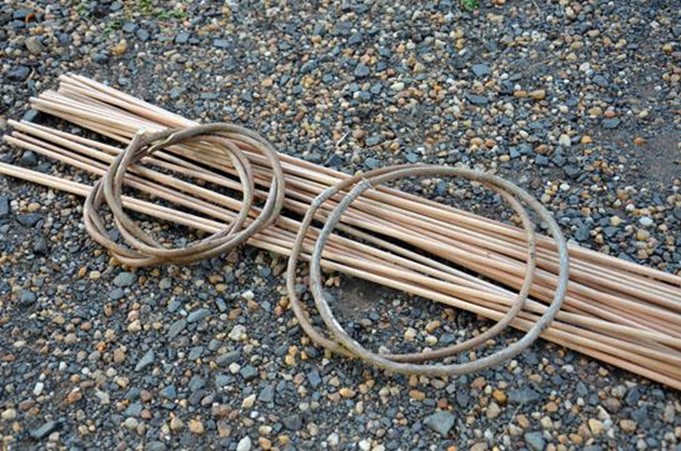
You’ll need a knife, a bundle of dowels or tree shoots (34 pieces, ¼ inch by 36 inches), and about 100 feet of flexible vine. Kudzu and wisteria runners are great choices. Cut them one week prior to when you want to do complete project to allow for drying and shrinkage. You’ll also need some strong string and some thicker cord.
2. Start The Shell
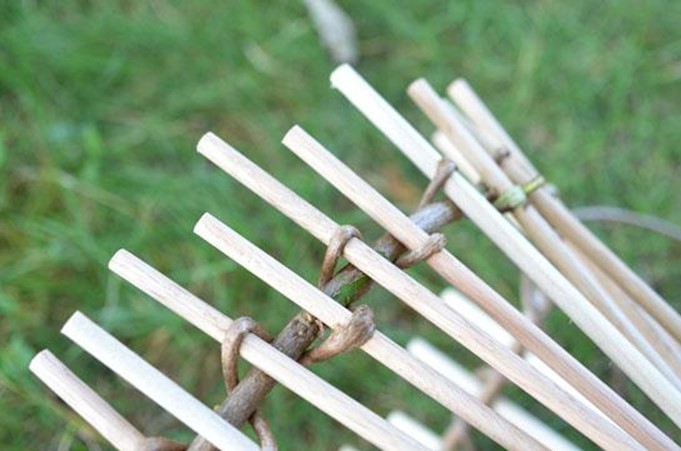
Take some sections of your thickest vine and tie together two hoops that are 9 to 10 inches in diameter. Use your strong string and tie it tightly. Even if basket weaving is not your strong suit, use the alternating wrap shown in the picture to connect all of your dowels around one of your hoops.
3. Finish The Shell
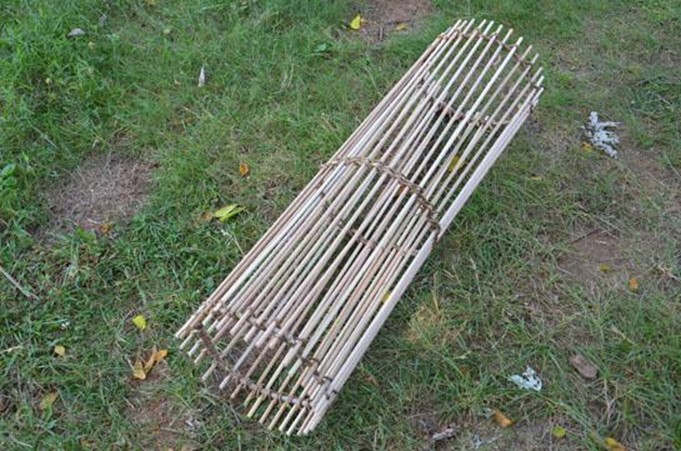
Repeat the process on the other end to create the cylindrical shell of the trap. Tuck in any loose vine ends to secure the weaving. If you’re not certain it will hold without unraveling, tie some cord around any questionable spots.
4. Plug the End
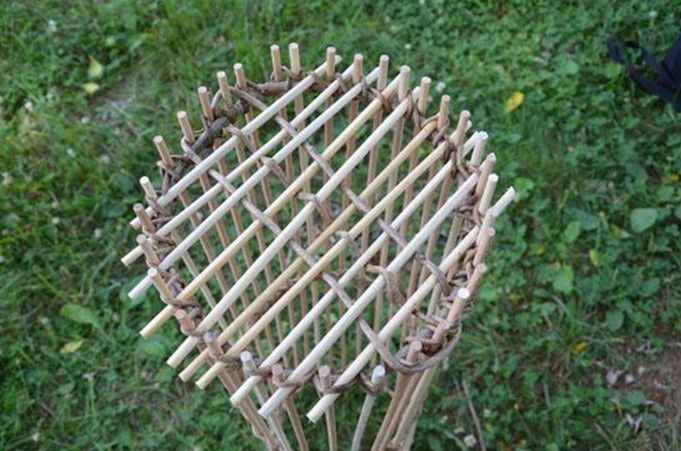
Time to make a decision: Either weave a plug for one end of the trap or build two funnels. For this trap, I plugged an end with a mesh of dowel and vine. Two funnels may get more fish into the trap, while a solid end may keep more fish in the trap. You’ll have to decide the best approach for your situation.
5. Build A Funnel
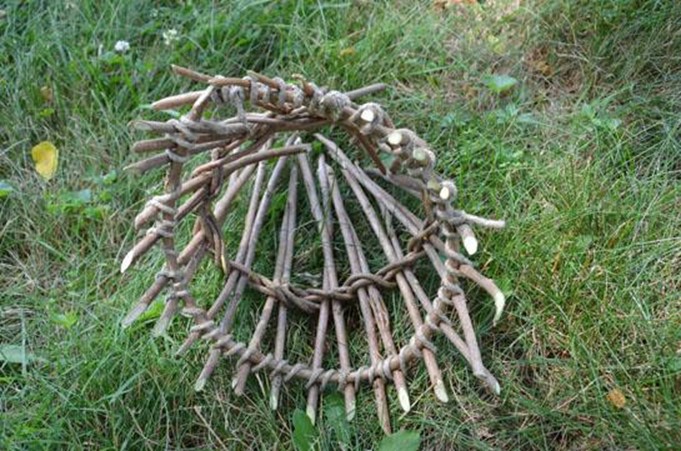
Creating a cone-shaped funnel is one of the last steps in building a functional trap. Use string and some short vine pieces to create the cone. Weave in some slender vines to make it stable. Use a variety of lengths in the cone’s “teeth” to make an irregular opening. This funnel should be tied in place after the trap is baited.
6. Baiting And Setting
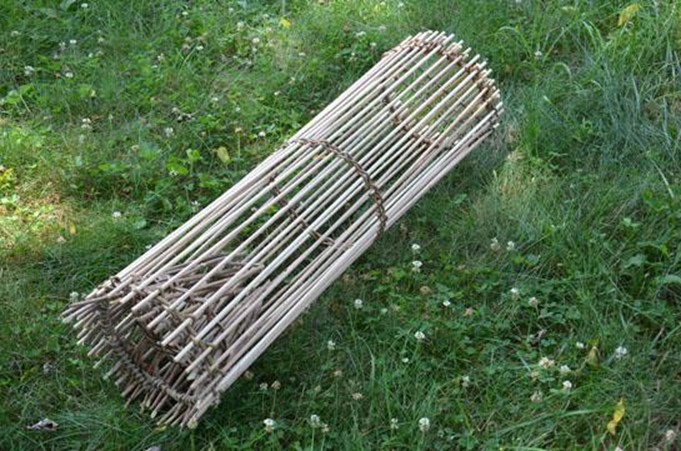
Using a bit more string, tie some rotten meat inside the trap, near the center. If bait loss becomes a problem, typically due to small fish eating it and swimming through the cage, build a small box with the techniques and materials you used to make the trap. Place the bait in the box and place the box in the trap.
Some other options:
Start now to make sure you are staying prepared.
Via: thereadystore, outdoorlife




 Follow
Follow
Leave a Reply